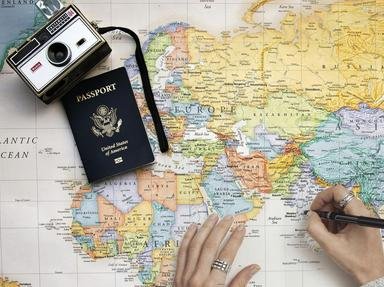
The Traveler's Life Trivia Quiz
In this quiz, I recall some places I visited. They surprised me and helped me to understand the diversity that exists in this world. I will give you the names of ten places and all you need to do is identify in which country the place is.
A matching quiz
by masfon.
Estimated time: 3 mins.